
This post contains paid and/or affiliate links. Read full disclosure.
I’ve been wanting a futon for my work area for a couple of years and it’s such a daunting task to shop for one. Seriously… there are so many options that it’s hard to decide. So I suffered from paralysis by analysis.
Then recently, The Futon Shop contacted me and asked if I’d be interested in reviewing one of their futons. And I was like, there’s no time like the present to get one.
So, I finally went down the path of researching everything there is to know about futons so I could choose the best one for me.
I’m a researcher… meaning, I research everything in depth and detail before making a purchase. Even though The Futon Shop gave us the futon to review, I went down the rabbit hole of futon research to make sure I got the best one for me.
Basically, I did the research for you, so you don’t have to.
I learned so much through my research! I actually discovered 5 things that everyone must know before purchasing a futon.
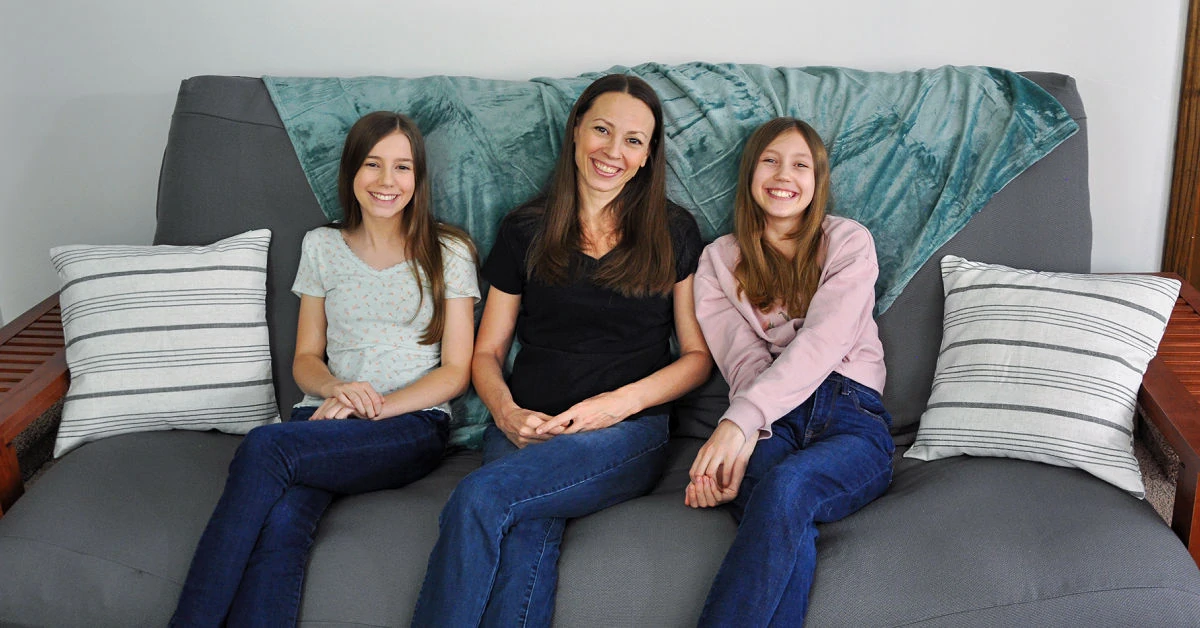
Before buying a futon, you need to make a list of things that are important you and your needs.
Here are few things about what I wanted in a futon:
- High quality, hardwood frame.
- Easiest frame to convert from couch to bed.
- Comfortable mattress made with natural and organic materials.
- Mattress that works well as a couch and bed.
- More comfortable than our sofa bed.
- High quality cover that matched our aesthetic.
- Ethical company, preferably US-based.
I found exactly what I was looking for, and I’m so excited to share it with you. I hope these tips help you choose the right futon too.
Be sure to ask any questions you may have in the comments below.
1. Choosing the Best Futon Frame.
The first step is to decide which futon frame will meet your needs. The main things you’ll need to decide on are the size, type and material.

Futon Frame Sizes
Keep in mind that the width of the frame will be greater than the width of the mattress, so it’s imperative to measure your space before buying a frame. There’s nothing worse than assembling a piece of furniture and realizing it won’t fit!
Here’s a general range of sizes of futon frames:
1. Twin sized futon frames range from 41” to 50.5” in width and are typically chairs that fold out into a small futon. These can be great in kids’ rooms for sleepovers.
2. Full size futon frames range from 76.5” to 87” in width and are about the size of a love seat. This is probably the futon size you’d choose for a dorm room.
3. Queen sized futon frames range from 82” to 91.5” in width, are about the size of a standard couch and are great for guest rooms.
I decided on a queen futon since it’s typically used as a sofa while I’m working, but occasionally as a guest bed. A full size would be just a bit too small for my needs and a king size would be too large for the space I have.
4. King size futons are much rarer. You’ll find king sized futon loungers and daybeds, but few actual futon beds that convert to a couch.

Futon Frame Types
While you can get a traditional futon frame that converts from a couch to a bed, there are some unique types you may want to consider for your home.
1. Wallhugger Sofa Bed Frames “hug” the wall so you don’t have to pull the frame out before converting it into a bed.
We chose this exact Tiro Wall Hugger Futon Frame so it’s easier for me to work with. When configured as a sofa, it’s 85.5″W x 42″D x 22.75″H. When configured as a bed, it’s 85.5″W x 60″D.

I love it because not only do I not have to move it away from the wall to convert it to a bed, but it also has arms that can be put up and down to put drinks, remotes and other things on. This feature is amazing for rooms without enough space for end tables like ours.
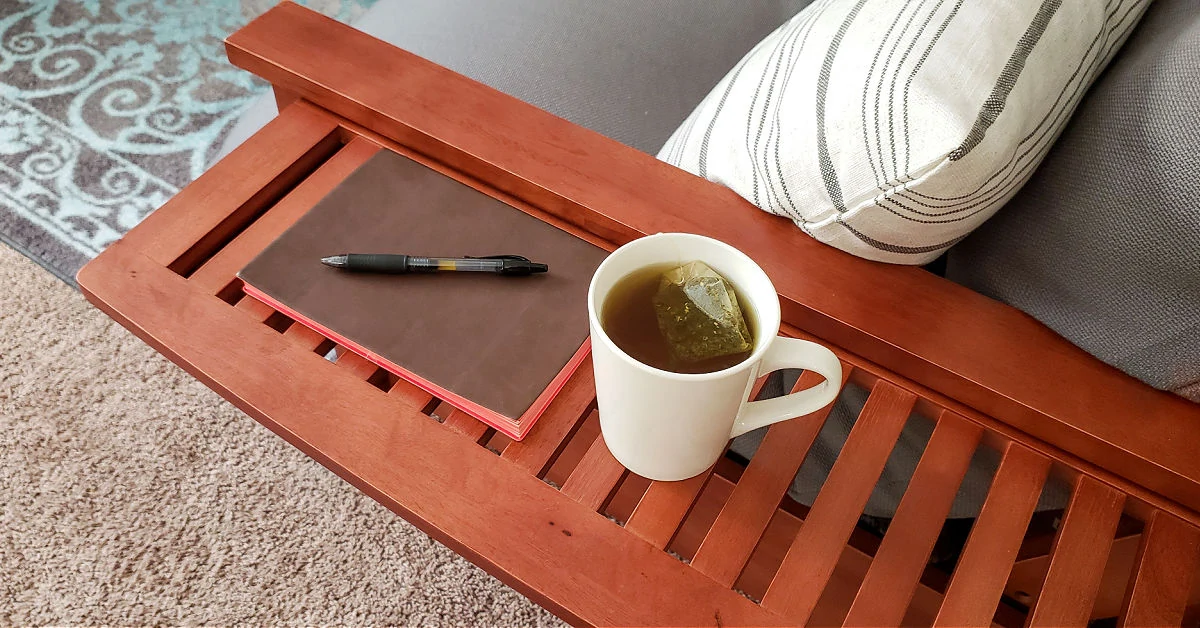
The frame also has rounded corners, which is a must if you have young children or kids who like to run through the house!

As a bonus, the frame has a low VOC finish, which is something I was hoping for, but not set on. We chose dark cherry, but it’s also available in a lighter cherry finish too. I can’t say enough good things about this futon frame.
2. A Daybed Futon and a Futon Lounger are the same thing… a frame that keeps the futon mattress laid out into a bed and does not convert to a couch.
3. Outdoor Futons are great for backyards and lounging by the pool. They are often the daybed or lounger style, but are designed to be more weather resistant.
4. Futon Bunk Beds and Loft Futon Beds are exactly what they sound like and are great for kids’ rooms and dorm rooms.
5. Futon Sectionals are cool because they come with the sofa or chair and a lounger to put your feet up on. I’ve even seen some wall hugger sectionals!
You can see photos of the types of frames on this page of The Futon Shop’s site.
Futon Frame Materials
There are only a handful of different types of materials used in futon frames.
1. Wood futon frames are the most common and traditional type of frame. Many types and colors of wood are available.
Like I said, we went with a dark cherry wood finish because it’s classic, looks great in my work area and matches our décor. Look for hardwood vs particle board for the best quality.

2. Metal futon frames often have a more modern, minimalist look compared to wood frames.
3. Leather futon sofa beds are a less traditional, all-in-one futon option, meaning you don’t need a separate mattress and frame.
You can see photos of frame materials on this page of The Futon Shop’s site. (I never even heard of a Leather futon sofa bed prior to my research.)
2. Choosing a Comfortable Futon Mattress.
For me, getting the right mattress was the most important thing. If it isn’t comfortable as both a couch and a bed, it just won’t work for us.
The 3 things you need to consider with mattresses is which size, type and materials will work best for your family.
Types of Futon Mattresses.
There are only two primary types to consider – one that goes on a frame and one that goes on the floor.
Floor futons are traditional Japanese-style futon mattresses that lay out on the floor or a tatami mat rather than sitting on a frame. They cannot be used as a couch.
Most futon mattresses you see today are designed to be used with a frame that converts from a couch to a bed. This is the type we have and, more than likely, what you’re shopping for.

What Size are Futon Mattresses?
Most futons come in the same sizes as standard beds – primarily twin, full, queen and king. We have a queen-sized futon because we want to use it as a couch and a bed.
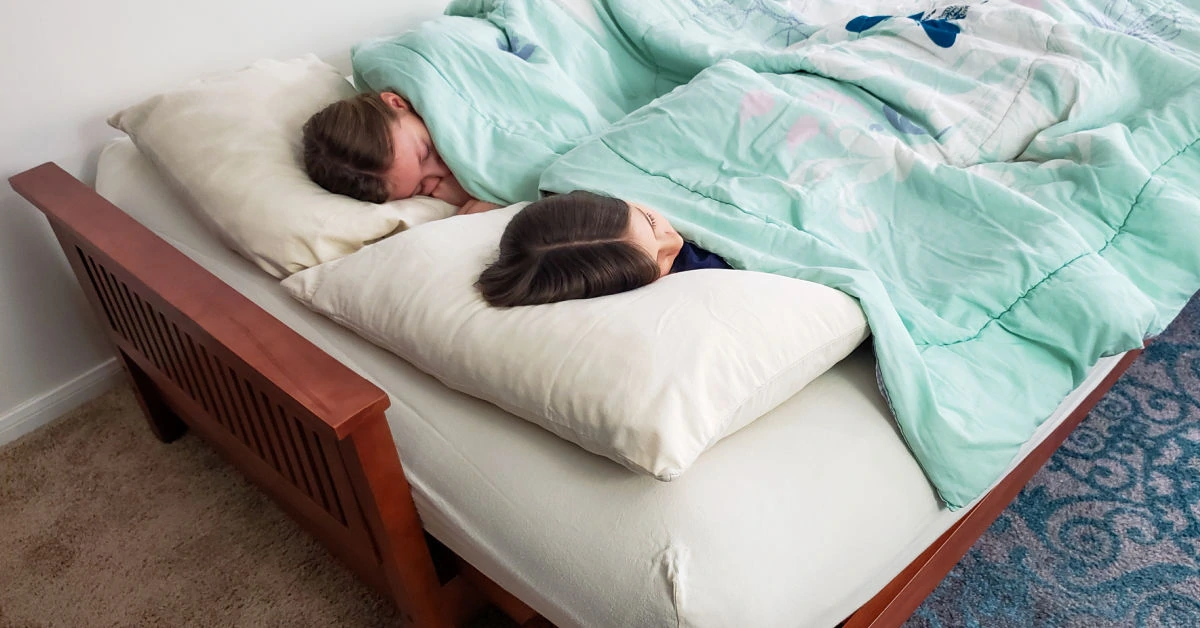
If you’ve already decided on the frame you’re getting, then you’ll know what size mattress to select.
If you’re curious, here are the standard mattress dimensions:
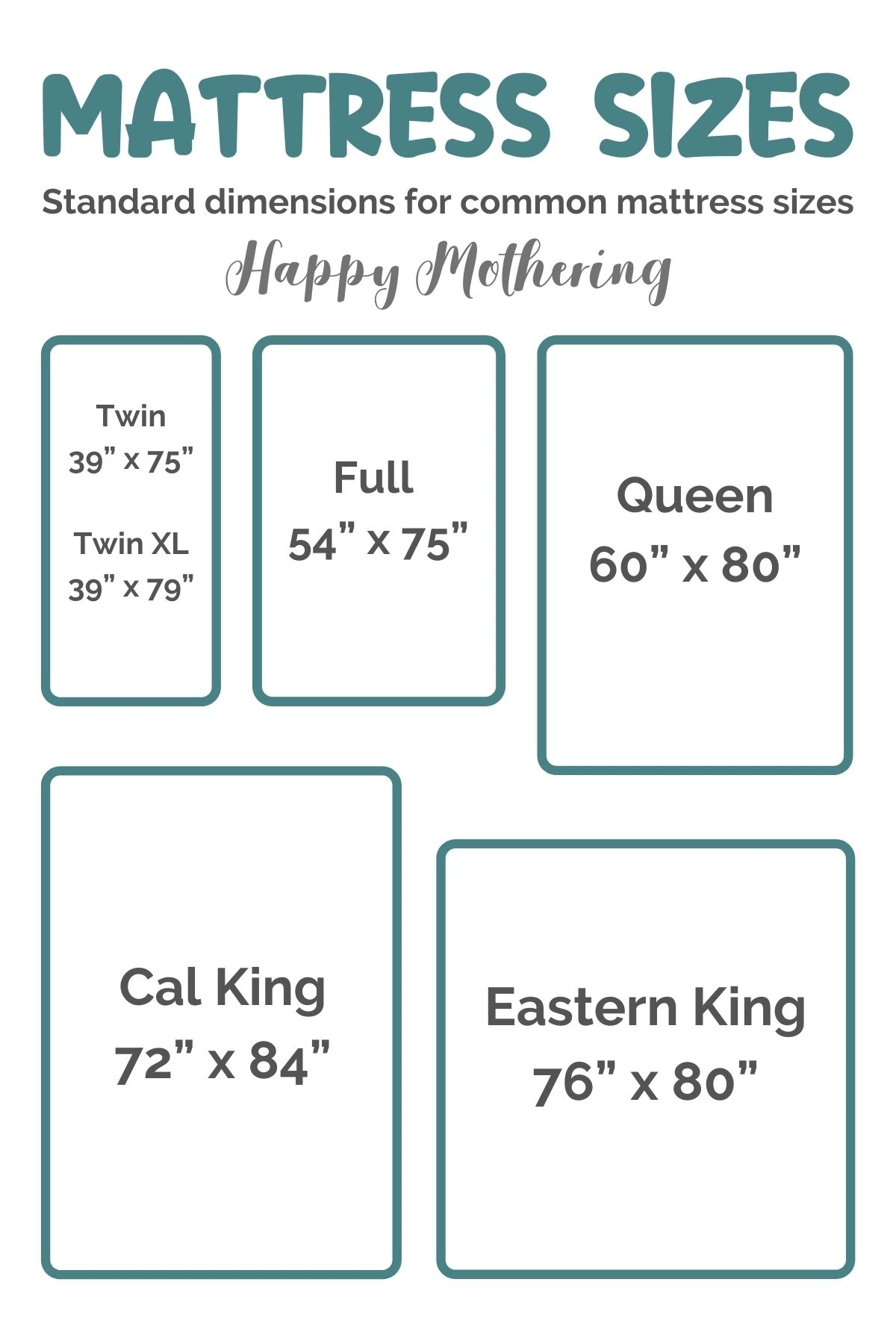
After you know what type and size mattress you’re shopping for, you can choose the materials it’s made from.
Futon Mattress Materials.
I had no clue how many different types of materials can be used to make futon mattresses! I mean, I should have guessed since I’ve done research on mattress shopping. But since a futon has a slightly different purpose than a typical bed, I did another deep dive to learn why each material is used.
Through my research, I learned that the best mattress for a futon will make a sturdy couch cushion as well as a comfortable mattress for sleeping. Some mattresses are better for one purpose, and others are great for both.
Most futon mattresses range from 3-9” in thickness. While you might think mattress thickness is the most important factor in comfort, what the mattress is made from is the primary factor in its comfort.
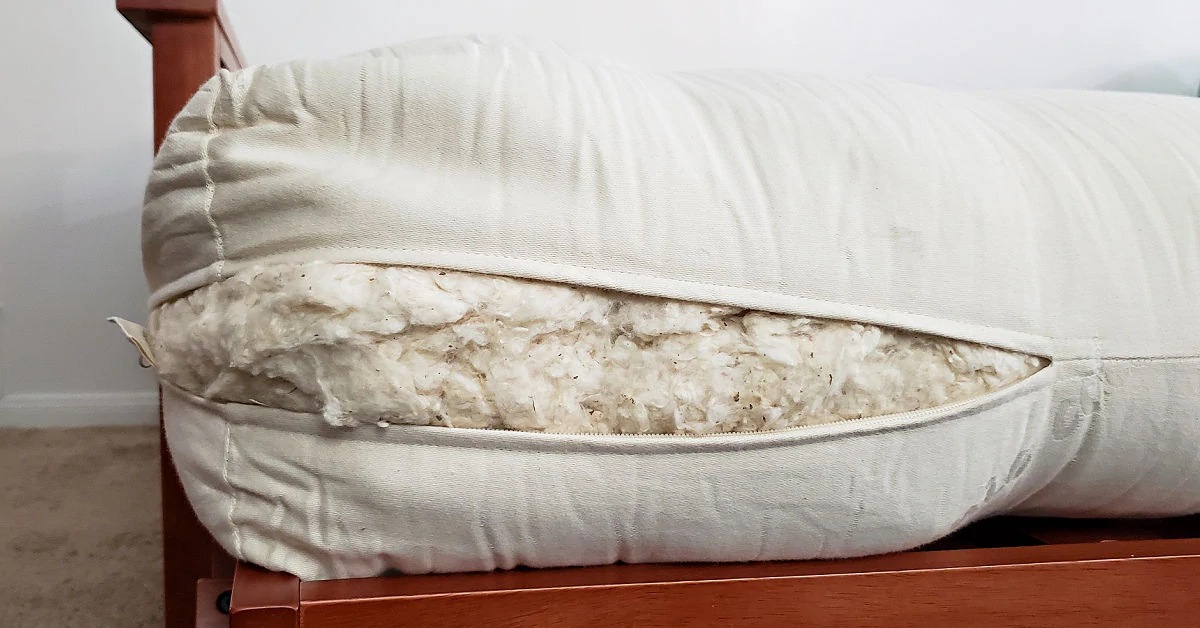
Some of the most common materials you’ll see used are:
- Wool for wicking away moisture, keeping temperatures balanced and its flame-resistant properties.
- Cotton, especially organic cotton, makes a great material for the outer layer.
- Latex provides structure to the mattress and a reduction in pressure points; it’s often sustainably produced.
- Micro-coils, which are also used in traditional bed mattresses, can wear out quickly and can become uncomfortable if cheap materials are used.
- Coconut coir is a unique technology that mixes coconut and hemp fibers with natural liquid latex to provide a firm structure to the mattress. This material replaces the use of petroleum-based polyurethane foam.
- Memory and gel foams are a popular choice; if you go this route, look for low VOC soy foams rather than the typical commercially produced chemical foams found in popular mattress brands.
During my research, I learned that the best futon mattresses use a combination of these natural materials to deliver both comfort and support. Which materials are right for you will depend on how you’re using your futon and whether you want a softer or firmer mattress.
We decided on the Nova Chemical Free Futon Mattress since we’re using it as a sofa and a guest bed. This mattress is ideal for both purposes because it’s made with a combination of natural latex, wool and coconut coir as its primary ingredients. And you get to choose the firmness. We chose to get the firmest option available and it’s super comfy.
The cover is made from quilted organic cotton and natural virgin wool. There are no petroleum-based chemicals in this mattress, which I love.
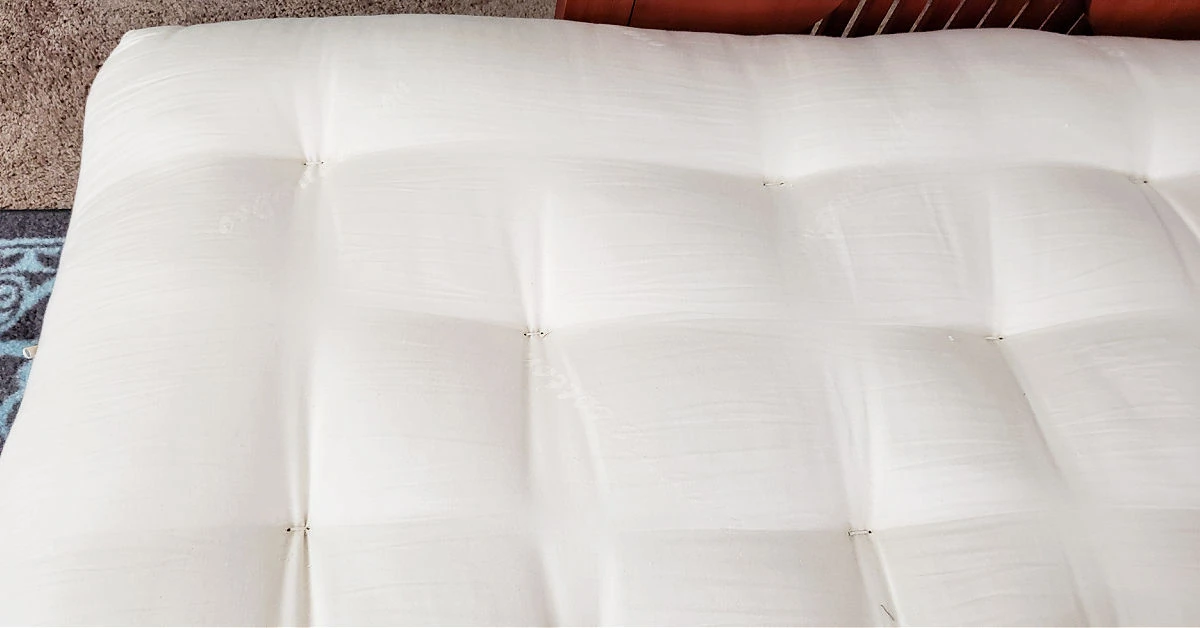
It’s definitely a heavier mattress… looking at it you might think it’s a bed mattress vs a futon mattress. While it can be used on a platform bed, it’s designed for futons.
It’s super comfy both to sit and sleep on. It’s so much more comfortable than our old sofa bed… I promise our houseguests will agree!
I even find myself lounging on it while I’m taking breaks from working. It’s so comfy that I’m often tempted to take a nap or cozy up with a good book.
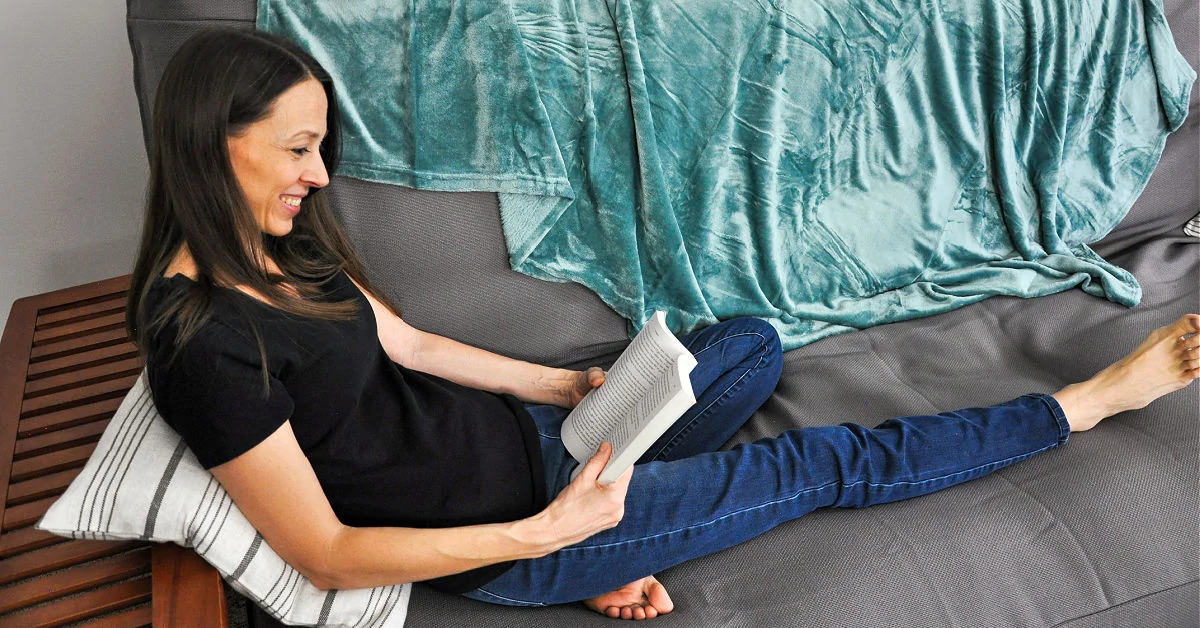
3. Choosing the Right Futon Cover.
Another cool thing about futons is that you can get multiple futon mattress covers and switch them out when you want to change your room’s design – no need to buy a new sofa.
Covers for futon mattresses come in a ton of colors and fabrics, so you’ll want to consider what look you’re going for.
Here are some of the most popular cover choices:
- Organic cotton futon slipcovers
- Wool futon covers
- Hemp covers
- Linen futon covers
- Microfiber covers
- Chenille slipcovers
- Outdoor, weather-proof covers
We went with this handcrafted Gray Wool Cover for our futon because it’s neutral and the fabric feels more like a traditional couch. Our futon will be used as a couch more often than a bed, so that was a key factor in that decision.
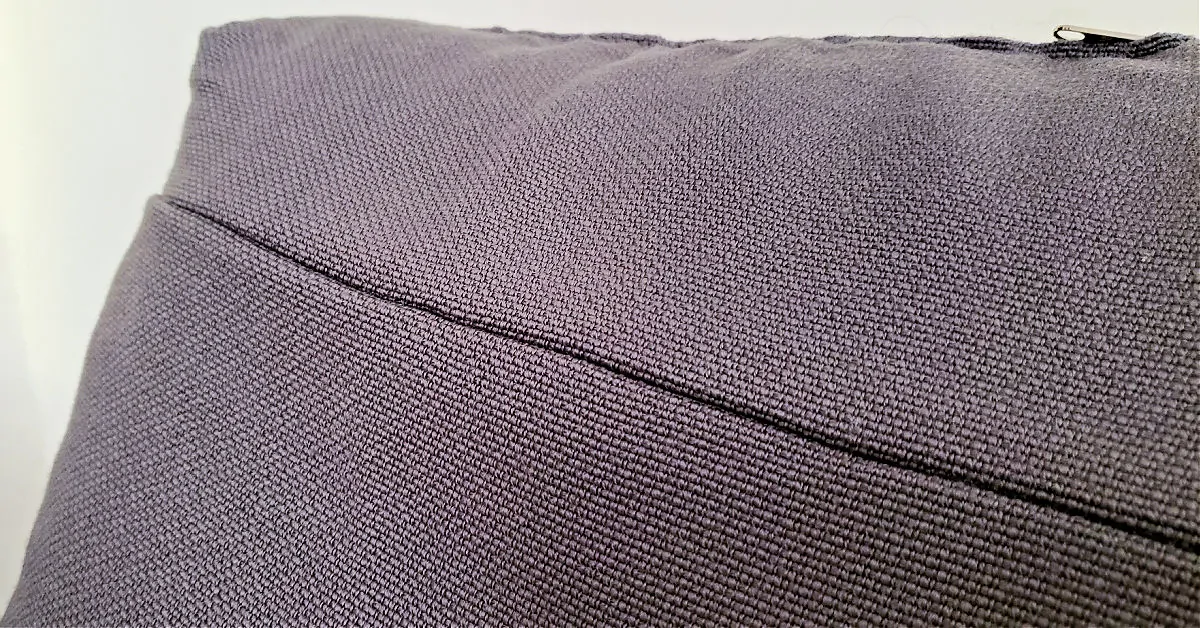
If you’re worried about choosing something too bold or patterned, the most popular colors are grey, black and white. If you go with a simple base color, you can dress it up with throw blankets, futon cushions, area rugs and wall art.
That’s the direction I decided to go. I bought a rug, some throw pillows and a throw blanket that complement the gray wool cover and the art we have on the walls. I can easily get new throw pillow covers and a blanket to change out the look and I like that flexibility.
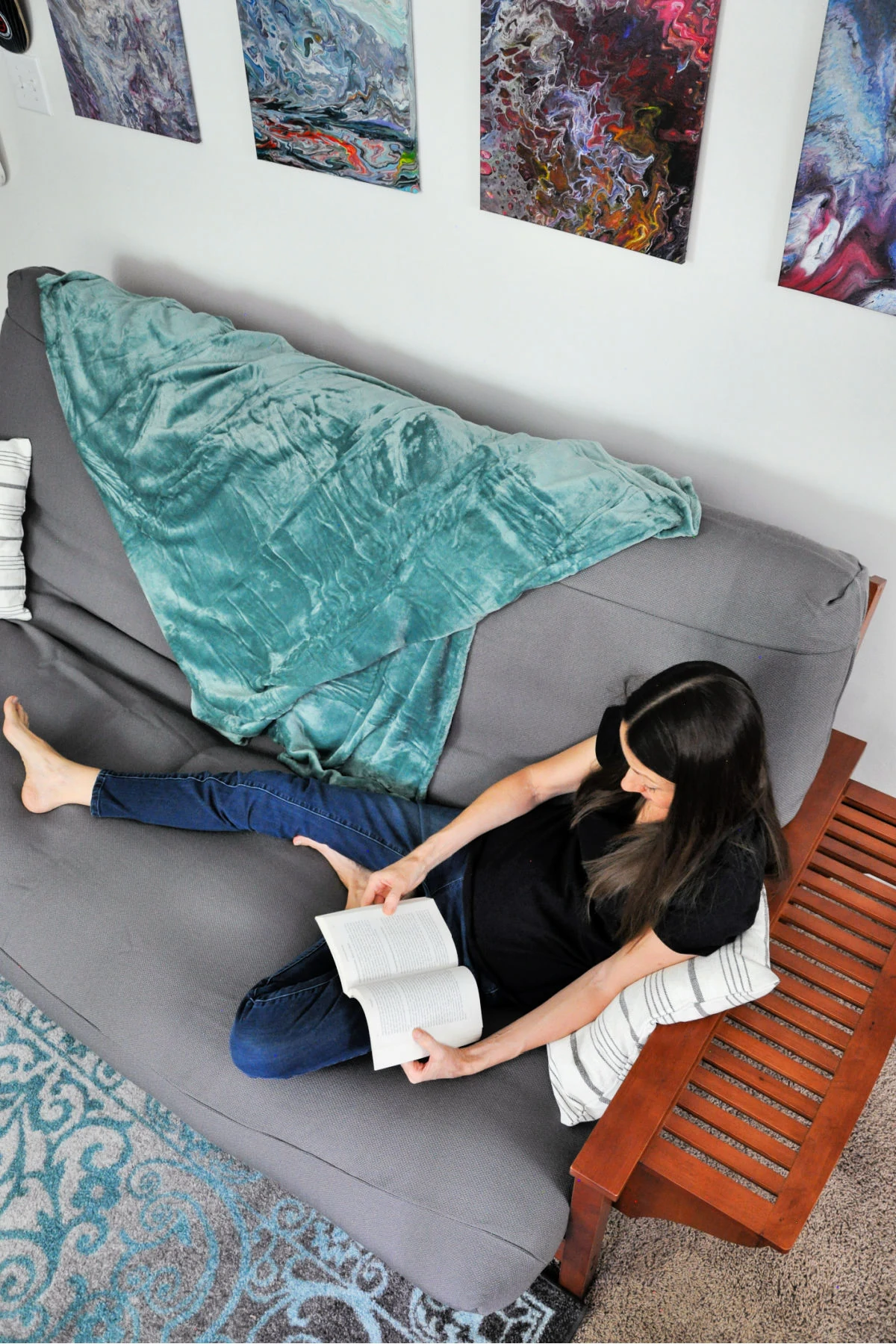
4. Add Finishing Touches with Futon Bedding and Accessories.
Besides dressing up your futon with throw blankets and pillows, you’ll want to get a few other things. The first is a Stop Slip, which will help keep your mattress from slipping down in the frame.
We had a problem with our mattress slipping until we discovered the stop slip. I was surprised that such a thin little strip could have such a big impact. If you get a futon, you need a Stop Slip!

If you’re going to use your futon as a bed, you’ll also need futon bedding. You can use standard bedding with most futon mattresses. However, if you have a thinner mattress (like the Japanese Shikibuton floor type), you may need to get a fitted sheet more specifically designed for a futon like these bedding bundles from The Futon Shop.
We’re able to use the same queen-sized bedding we had on our previous guest bed. I’ve always thought of futon mattresses as being pretty thin and flimsy, so I wasn’t sure our sheets would work. I was pleasantly surprised that they fit perfectly because the Nova Futon Mattress is just as thick (and comfortable) as a normal mattress.
If you’ll also be using your futon as a guest bed, another cool accessory you can find is a futon storage drawer to keep under the frame. They’re great for storing bedding in while the futon is being used as a sofa. I’d love to pick up one of these futon storage drawers from The Futon Shop to add to my futon setup.
5. Where to Buy a Futon?

Before I agreed to review the futon from The Futon Shop, I did a lot of research on different online futon retailers. I can wholeheartedly say that The Futon Shop has the best selection of futon frames, mattresses, covers and more compared to all of their competitors.
I love the fact that they manufacture all of their futon mattresses in-house at their facility in San Francisco, and that they’re actually assembled by hand.
Their mattresses are made using natural and chemical free materials like natural latex, wool, organic cotton, or coconut fiber and do not use harsh chemicals. Everything is high quality and well made.
Their futon frames come from a variety of manufacturers, which means they have an amazing selection. They have solid wood frames with low VOC finishes. And they actually make covers and throw pillows in house as well.
Peace of Mind
One of the biggest things holding me back from buying our futon online is the risks and the “what ifs.”
- What if it’s too soft?
- What if it’s too firm?
- What if the mattress isn’t just right?
Now what? I’m stuck with a mattress I hate???
Not with The Futon Shop!
The Futon Shop offers a 30-day comfort guarantee for qualifying mattress purchases. This has to be one of the most reassuring things about buying a futon from The Futon Shop.
Ready to buy the futon of your dreams?
Check out the futons available from The Futon Shop (they’re always running sales) or purchase our exact setup through these links:

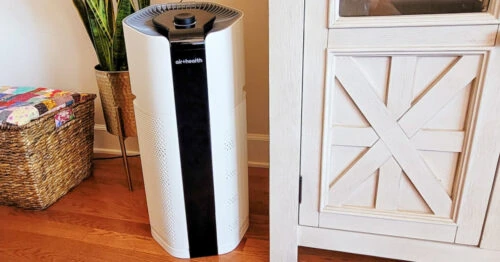
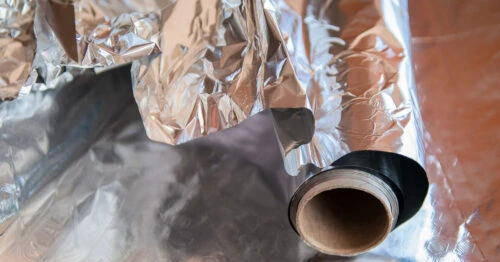
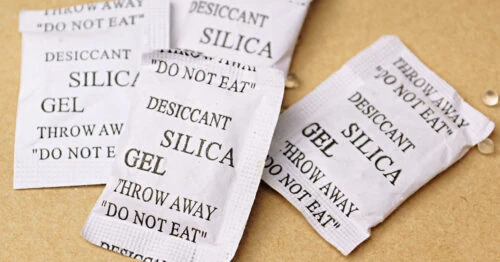
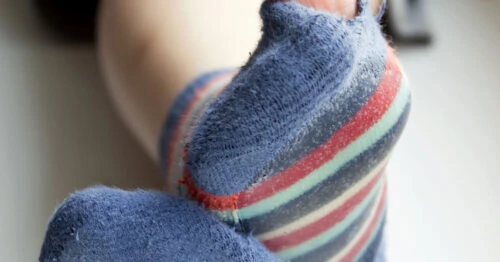


I love reading your blog! I always learn something new. I just bought a futon and I wanted to know what you think I should know before buying it. Thanks!
I hope you found the information about futons helpful in your purchase!